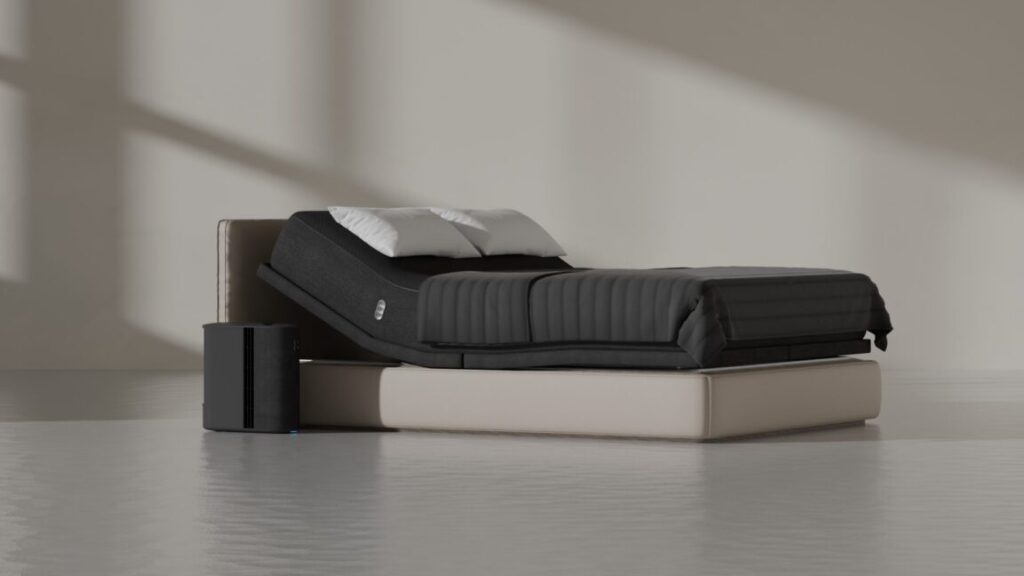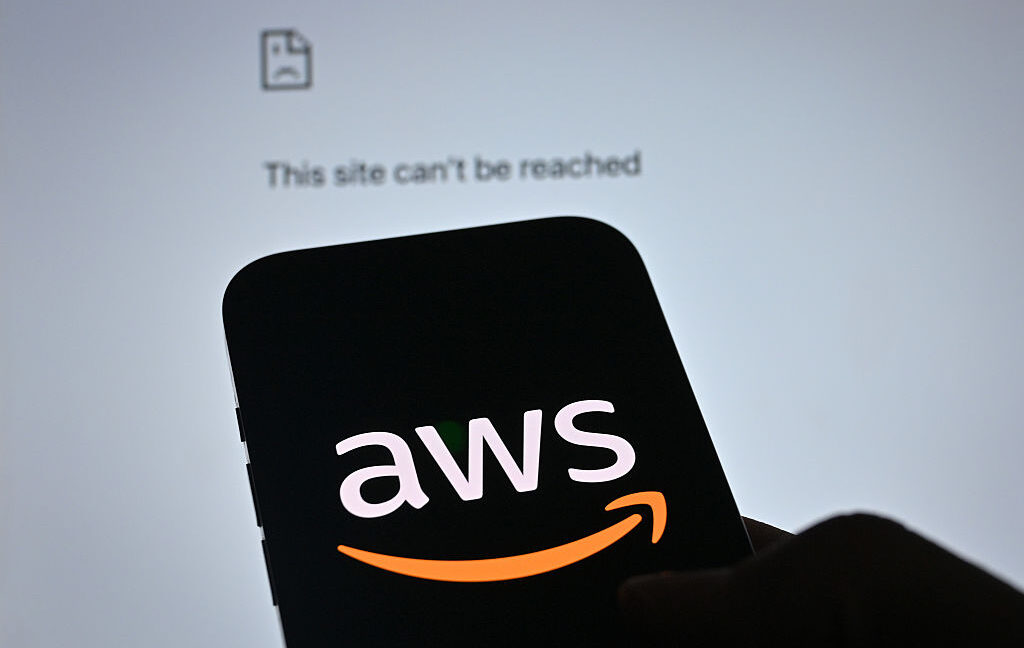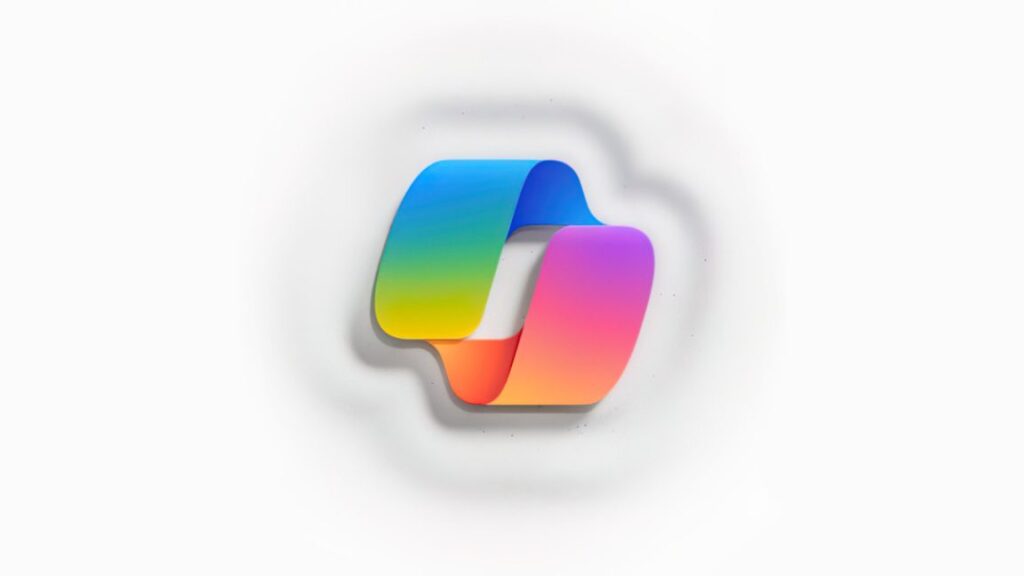With a new company, Jeff Bezos will become a CEO again
Jeff Bezos is one of the world’s richest and most famous tech CEOs, but he hasn’t actually been a CEO of anything since 2021. That’s now changing as he takes on the role of co-CEO of a new AI company, according to a New York Times report citing three people familiar with the company.
Grandiosely named Project Prometheus (and not to be confused with the NASA project of the same name), the company will focus on using AI to pursue breakthroughs in research, engineering, manufacturing, and other fields that are dubbed part of “the physical economy”—in contrast to the software applications that are likely the first thing most people in the general public think of when they hear “AI.”
Bezos’ co-CEO will be Vik Bajaj, a chemist and physicist who previously led life sciences work at Google X, an Alphabet-backed research group that worked on speculative projects that could lead to more product categories. (For example, it developed technologies that would later underpin Google’s Waymo service.) Bajaj also worked at Verily, another Alphabet-backed research group focused on life sciences, and Foresite Labs, an incubator for new AI companies.
With a new company, Jeff Bezos will become a CEO again Read More »












